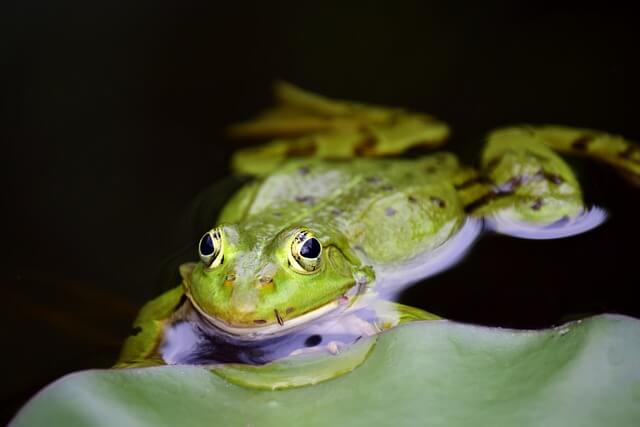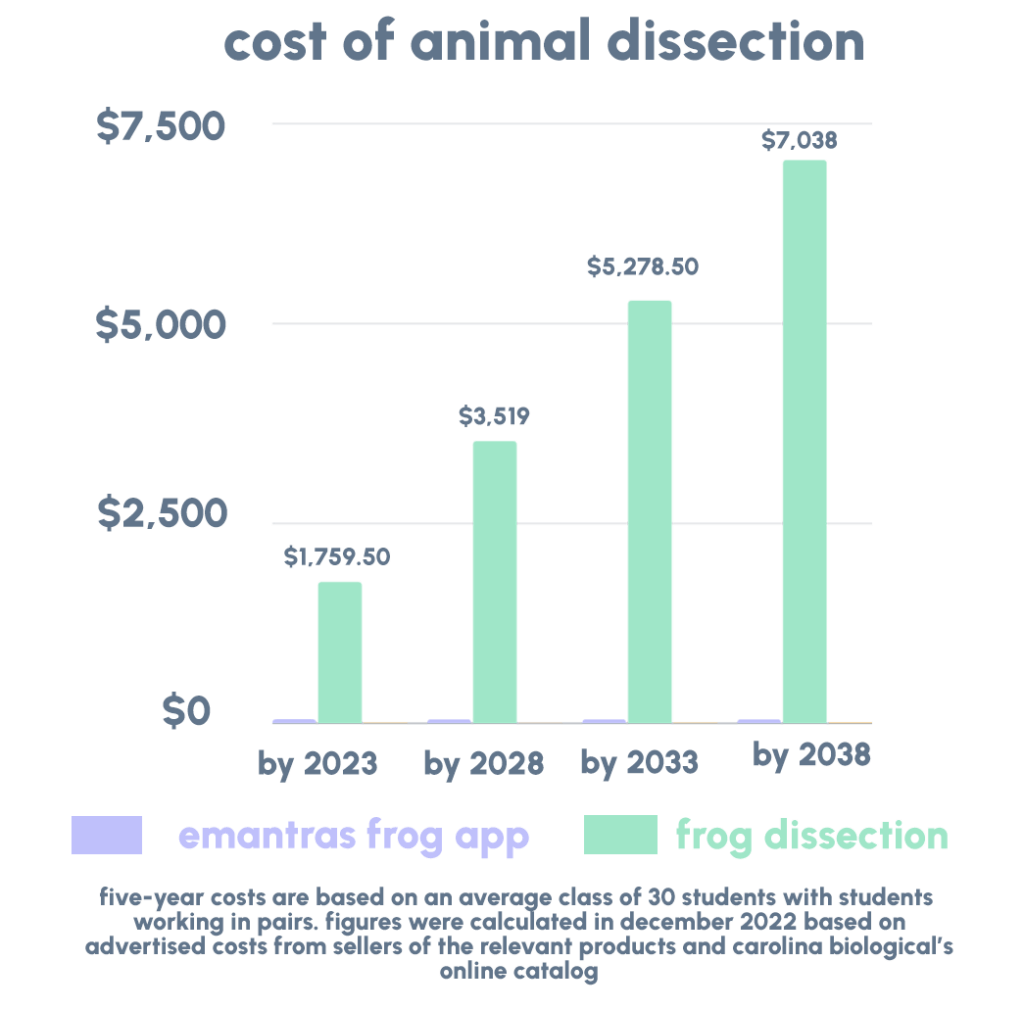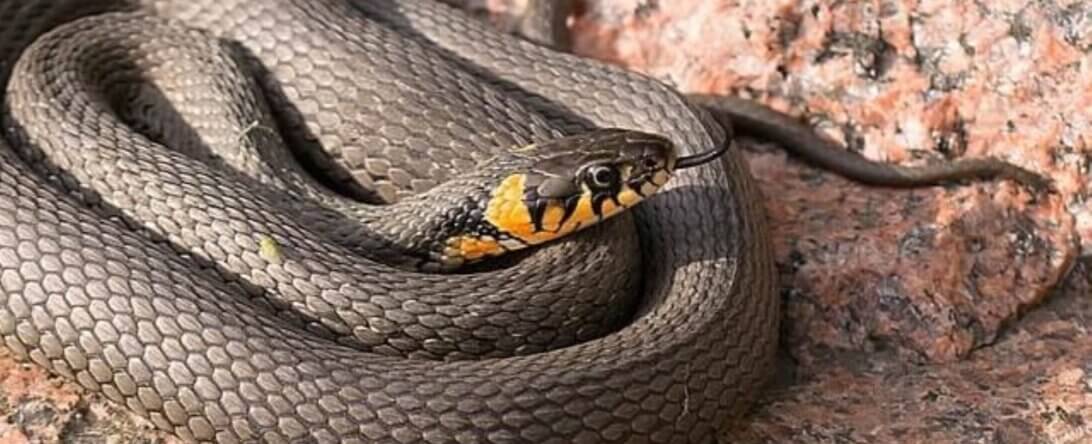We’ve Answered All Your Questions About Animal Dissection
We get a lot of questions about animal dissection. Many students are asking peta2 for non-animal teaching tools in place of it because they care about sentient beings and don’t want to harm them for a class or any other reason. If you’ve ever thought, “I don’t want to dissect animals, but I want to be a doctor, so I have to” or “I don’t want to dissect animals, but I’ll fail if I don’t,” then you’re in the right place. peta2 is here to save the day and answer all your dissection-related questions. (OK, maybe we can’t cover everything here—so if you have a question that we don’t answer below, let us know at [email protected].)
Let’s get to it! Check out peta2’s answers to FAQs about dissection:
What’s the problem with animal dissection, anyway? It’s just a class project.
Plain and simple: It’s WRONG. More than 10 million animals—including frogs, rats, cats, and fetal pigs—are used in cruel classroom dissection exercises every single year. Animals feel pain, suffer, and want to live, just like we do—so why are they being reduced to classroom tools? It doesn’t make sense to try to teach about life by asking students to cut up dead bodies. There are tons of modern, educationally superior options, so there’s no excuse for using animals.
But aren’t the animals dead already?
An animal on a dissection tray is dead, but obviously they were once alive! Animals used for dissection don’t donate their bodies to science. They’re snatched from their homes in nature, killed in slaughterhouses, or bred in warehouses and then gassed or suffocated to death—so f*cked up. 😤
If it’s just an eyeball (or a brain or a heart) that my teacher asks me to dissect—rather than a whole animal—does that make it OK?
The short answer is NO—it’s NOT OK. Each animal killed in a bloody slaughterhouse, in a dark and smelly biological supply facility, or on the deck of a ship after being violently hauled from their ocean home was an individual with a unique perspective and personality, who valued their life just as much as we value ours.
Will I learn as much from a non-animal teaching tool as I would from animal dissection?
Yes! Dozens of studies show that students who use modern lessons learn at least as well as—and in most cases, better than—those who dissect animals. Studies have also shown that students interested in science sometimes lose that curiosity after being forced to go through the traumatic experience of dissecting animals. 🙅 Plus, if you make a mistake while dissecting a corpse, there’s no undoing it, whereas with virtual-dissection software, you can repeat any step that you need to—so there are actually more opportunities to learn. ❤️
Do alternatives to animal dissection cost more?
Nope. Think about it: What’s cheaper—buying dead animals year after year or buying a single computer program that can be used for a long time? Using interactive software saves schools money, and some programs are even FREE. Another bonus? Students won’t be exposed to cancer-causing chemicals like formaldehyde (which is used to preserve dead bodies). 😷
Do you have to dissect animals to become a veterinarian?
Many veterinary programs have largely replaced animal dissection with modern methods such as computer software and realistic models. But just as medical students need contact with human patients, veterinarians-in-training need contact with live animals, and humane programs can provide these opportunities. Students often learn through clinical experience in which they observe and assist experienced veterinarians in treating animals who have legitimate medical problems and will benefit from the treatment.
Some veterinary schools and veterinary-technology programs also allow students to opt out of performing unnecessary or harmful procedures that they find objectionable. With sufficient research, compassionate individuals who refuse to harm animals should be able to find a veterinary program that won’t require them to compromise their principles.
I want to be a doctor. Do I have to dissect animals in medical school?
Drumroll, please: No U.S. medical schools ask students to cut up dead animals! Plus, experience with animal dissection or experimentation on live animals is not required or expected of anyone applying to medical school. 👏 Medical students are trained with a combination of human-patient simulators, interactive computer programs, safe human-based teaching methods, and clinical experience. You can even become a board-certified surgeon without harming any animals.
Is it true that animal dissection hurts the environment?
Yes. Frogs are the most commonly dissected animals. The removal of frogs from ecosystems disrupts nature’s delicate balance. Populations of insects skyrocket, resulting in increased crop destruction, pesticide use, and spread of disease. In addition, the way animal corpses and toxic chemicals are disposed of in some schools and supply houses is problematic. Careless disposal of toxic substances can contaminate groundwater and soil, threaten food supplies, and endanger wildlife.
My teacher said I HAVE to dissect animals and if I don’t, I’ll fail. What should I do?
Check it out: If you live in a state or school district that has a dissection-choice policy in place, you can say NO to animal dissection and ask for an alternative assignment. If your teacher refuses to give you a humane option, it could be illegal! Check to see whether your state or school has a dissection-choice policy.
If you live in a state or district without a dissection-choice policy, you or your parents should call your school and ask that you be given an alternative assignment. If that doesn’t work, e-mail us at [email protected] for help.
Will people think it’s weird if I’m the only person in class who’s not dissecting animals?
E-mail us your full name and mailing address, and we’ll mail you free leaflets that you can take to school to let people know why you’re choosing not to dissect animals. Once your classmates learn the truth about cruel dissection and realize that it supports suffering, they might want to opt out, too!
OK, I choose NOT to dissect animals. How do I talk to my teacher about this?
Yay! We’ve got you covered. Take this sample letter to your teacher or school administration and explain that you don’t want to dissect animals.
You can make a difference by saying NO to animal dissection—peta2’s got your back.
Now that you’re an expert on why cruel dissection sucks, tell your friends!
Text peta2 to 30933 for ways to help animals, tips on compassionate living, and more!

Terms for automated texts/calls from peta2: http://peta.vg/txt. Text STOP to end, HELP for more info. Msg/data rates may apply. U.S. only.






